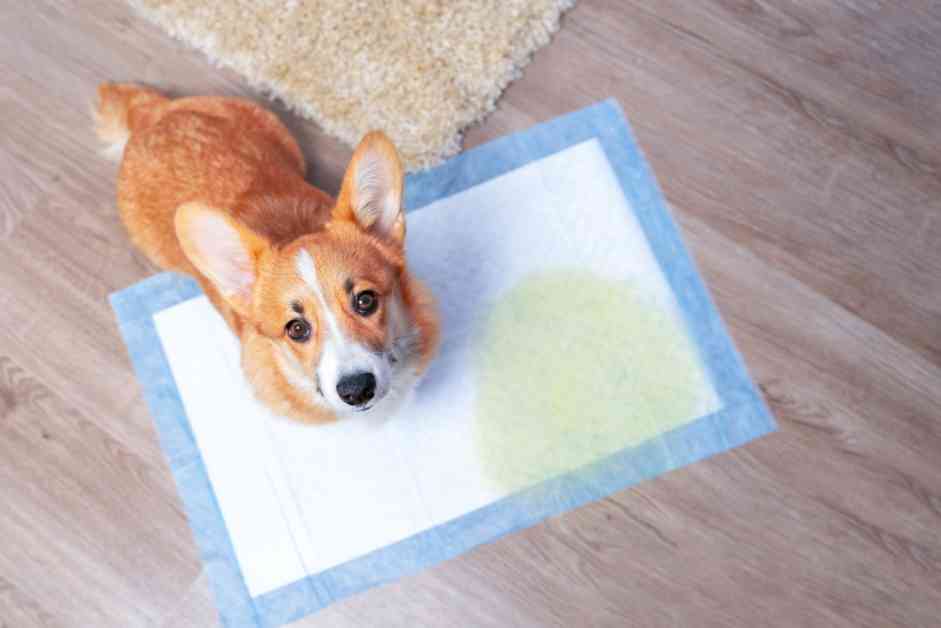Dog potty training is a crucial milestone for any dog owner, marking the transition into responsible pet parenthood. It’s a journey filled with ups and downs, accidents, and triumphs that many dog parents face. To shed light on this common struggle, we’ve compiled a comprehensive list of the top 10 dog potty training issues and expert solutions to tackle them head-on.
Unveiling the Top 10 Dog Potty Training Problems
1. **Improper Crate Training**
Crate training is a cornerstone of successful potty training for dogs, especially puppies. The key is to create a positive association with the crate, ensuring it’s a safe haven rather than a punishment zone. The instinctual aversion to soiling their sleeping area makes crates invaluable tools in potty training. Remember, consistency and positive reinforcement are key elements in crate training success.
2. **Not Enough Potty Breaks**
Puppies have limited bladder control, requiring frequent potty breaks to avoid accidents. A simple rule of thumb is that puppies can hold their bladder for their age in months, plus one. For example, a 3-month-old puppy needs a break every 4 hours. Additionally, post-meal potty breaks are crucial. If accidents persist, consider increasing the frequency of potty breaks.
3. **Soiling the Same Area**
Dogs have a tendency to revisit the scene of the crime, necessitating thorough cleaning to prevent repeat accidents. Enzymatic cleaners specifically formulated for pet urine are highly effective in eradicating odors and deterring re-marking. Blocking off the area temporarily can break the habit of soiling in the same spot.
Expert Tips for Overcoming Common Potty Training Hurdles
4. **Your Dog Won’t Pee When Outside**
Uncooperative weather conditions can deter dogs from relieving themselves outside. In rainy or snowy weather, accommodations like umbrellas or creating a grassy spot can encourage outdoor potty breaks. Taking a walk can also stimulate your dog to go potty.
5. **Your Dog Doesn’t Notify You When They Have to Go Outside**
Establishing clear communication cues between you and your dog is essential. Using a verbal cue like “Go potty” consistently during outdoor breaks can help your dog associate the phrase with the action. Bell-training is another effective method, where a potty bell is rung before each outdoor break, conditioning your dog to signal when they need to go.
6. **Urinary Health Issues**
Persistent potty training struggles may be indicative of underlying urinary health issues like cystitis. Consulting your veterinarian can rule out medical conditions affecting your dog’s ability to urinate. Symptoms such as straining, painful urination, or increased water intake warrant prompt vet attention.
7. **Small Dogs Have Smaller Bladders**
Smaller dog breeds face unique challenges in potty training due to their smaller bladders and faster metabolism. Patience, consistency, and more frequent potty breaks are crucial for successfully housetraining small breed puppies.
8. **Eliminating Only When Unobserved**
Puppies that associate punishment with indoor accidents may develop a preference for relieving themselves in private. Avoid scolding for accidents and implement positive reinforcement strategies. Outdoor playpens can provide a supervised yet private space for your dog to go potty.
9. **Lack of Consistency**
Dogs thrive on routine, making consistency a cornerstone of effective potty training. Establishing a set potty routine and consistently taking your dog to the same spot can expedite the learning process. Inconsistencies can lead to confusion and hinder progress.
10. **Urine Marking**
Urine marking, a territorial behavior more common in intact male dogs, can complicate potty training efforts. Neutering, coupled with addressing behavioral triggers like separation anxiety, can help curb this behavior. Consistent training and reinforcement are essential in overcoming urine marking challenges.
In conclusion, dog potty training is a journey that requires patience, consistency, and understanding. While challenges may arise, with the right approach and expert guidance, successful potty training is within reach. Remember, each dog is unique, and a tailored training plan, possibly with professional assistance, can pave the way for a well-trained and happy pup.





















